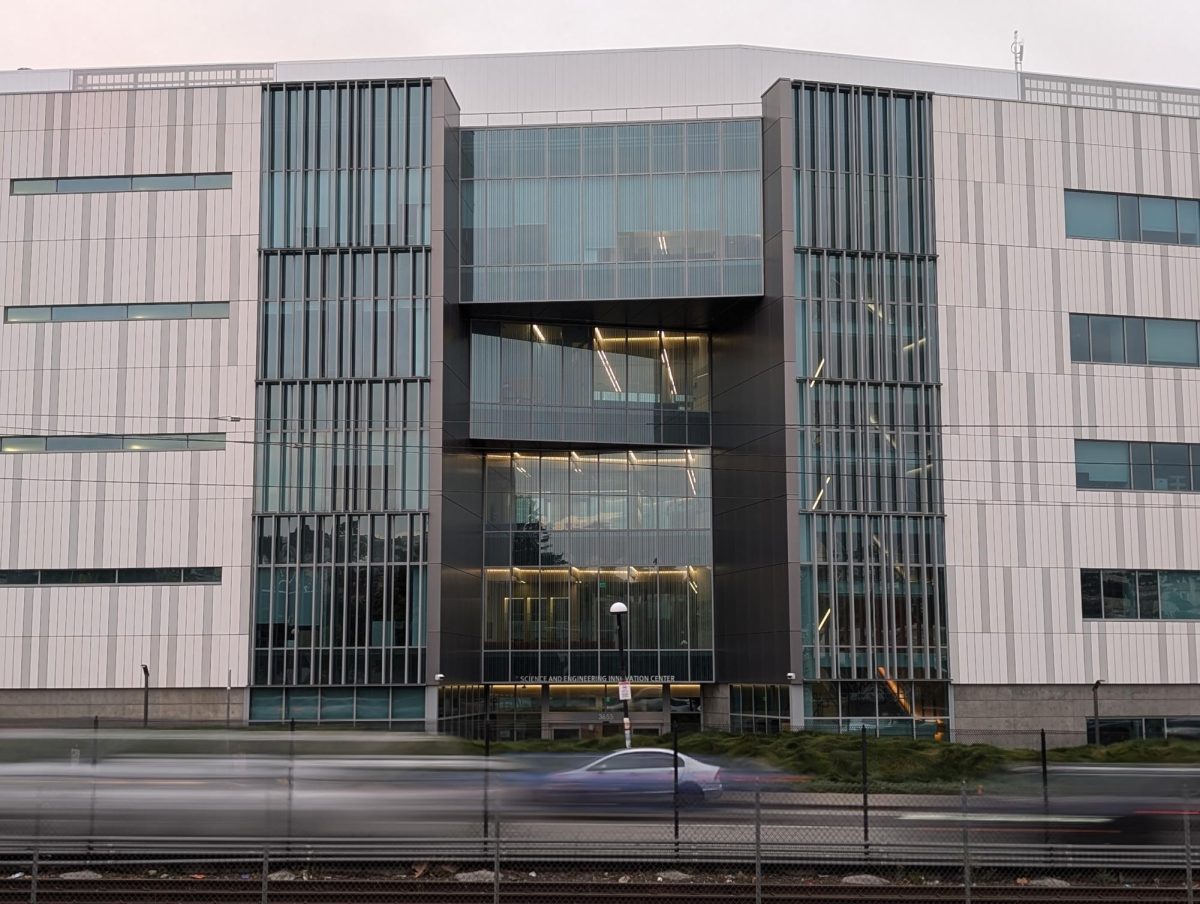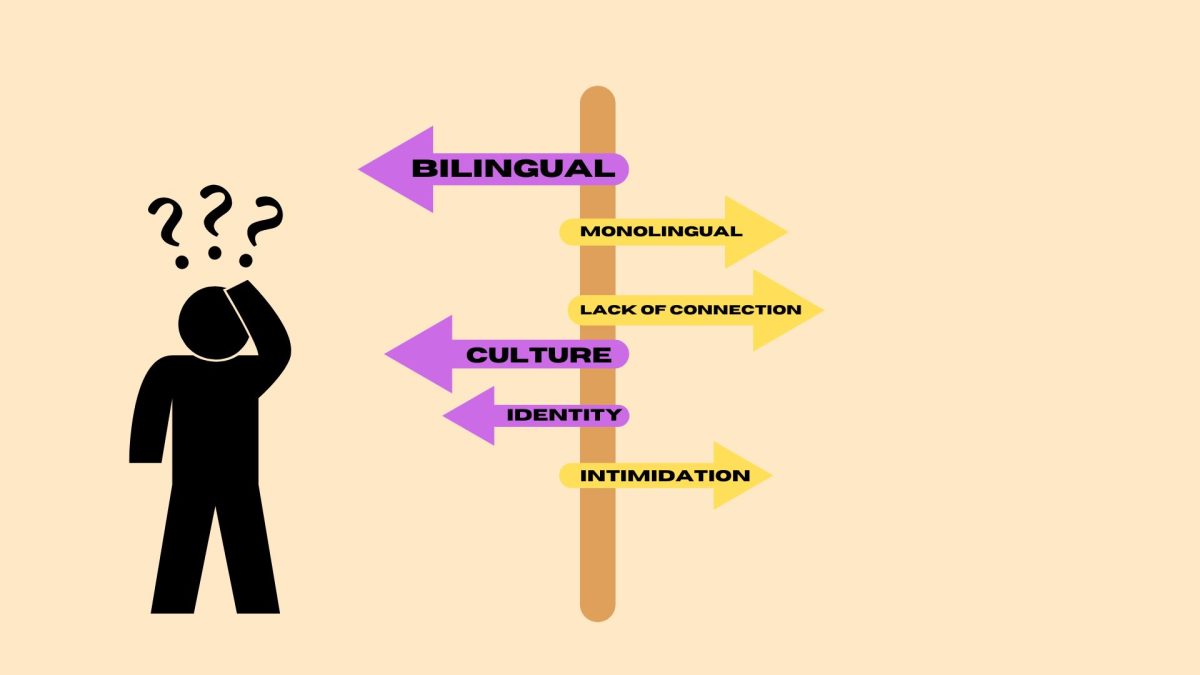“Green Book” shows the unlikely friendship between a white bouncer and an elegant black musician who he is hired to chauffeur through the deep South in 1962. The film is a reminder that spending time with people different from ourselves isn’t going to hurt anyone.
This film, directed and co-written by Peter Farrelly, known for his comedic roots, takes on a different kind of movie that’s based on an inspiring true friendship between two mismatched men. The two leads, played by Mahershala Ali and Viggo Mortensen, delivered crowd-pleasing performances. This comedy-drama is based on a true story between Dr. Don Shirley (Ali) and Tony “Lip” Vallelonga (Mortensen).
Tony works at a Manhattan nightclub, Copacabana, and his main job is to throw rowdy patrons out into the street. He’s presented as a clueless racist who has a way of avoiding people who aren’t Italian and doesn’t make the effort to hang out with other ethnic groups.
After the nightclub closed down due to renovations, Tony needs to find a job to support his family. He’s soon called up to a fancy apartment above Carnegie Hall where he meets Don Shirley. Don, an intelligent pianist fluent in multiple languages, needs a driver and bodyguard for his concert tour that takes him deep into the South.
He offers Tony a two-month gig to drive him to all of his concert engagements through several southern states. The duo started their tension-filled journey in a turquoise Cadillac, and both characters rely on Tony’s muscle and “The Negro Motorist Green Book.”
The title of the movie refers to Victor Hugo Green’s “The Negro Motorist Green Book,” which was an annual guidebook published from 1936 to 1966. This guide was used by black travelers to show them safe places to eat, stay and receive services during the Jim Crow era. Tony uses this guide to find establishments and services where people of color are welcomed in the South.
This film showcased the everyday struggles Don had to go through as a black man. There were hotels he couldn’t stay at, restrooms he couldn’t use and times of day he couldn’t be outside. Viewers may think these kind of situations are in the past, but it’s another reminder of the race-based discrimination people of color face today.
Don is often celebrated before and after each performance but denied service at restaurants and hotels. The duo faces complications, such as Tony taking charge when Don faces racist situations during the road trip. There is a definite overplay of the “white savior” complex due to the same variations of racial conflicts that Tony has to help Don out of.
The journey ends with acceptance and friendship between the mismatched men. Besides the culture shocks between characters, this film can teach a lesson or two on friendship. “Green Book” focuses more on the growing friendship than the harsh reality Don faces, but it’s filled with humorous scenes and heartwarming moments.








